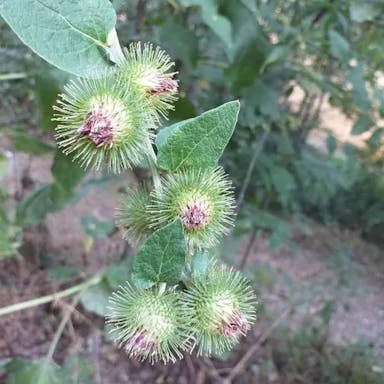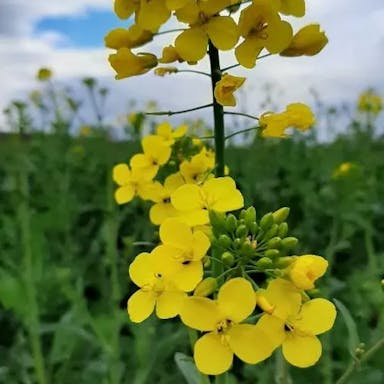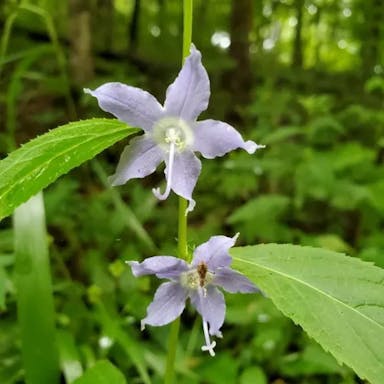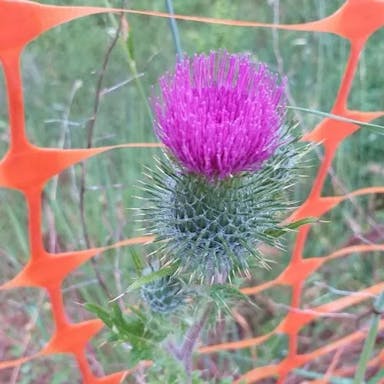For Scarlet gilia, water deeply once a week during the growing season, ensuring the soil is moist but not waterlogged. During the dormant period, reduce watering to once every two weeks, allowing the soil to dry out slightly between waterings. In hot weather, increase watering frequency to twice a week, adjusting based on soil humidity and weather conditions. In colder months, decrease watering to once every two weeks, considering the plant's reduced growth rate. Avoid overwatering to prevent root rot, and always water at the base of the plant to avoid wetting the foliage. Monitor soil moisture regularly by checking the top few inches of soil before watering.
0
0












